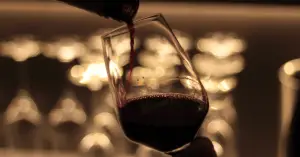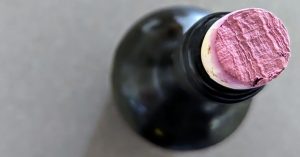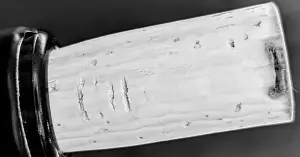One of the biggest challenges the wine industry has is its web of complicated terms. Like the term “vintage”, which has nothing to do with a wine’s age. This is unhelpful.
A vintage wine isn’t a certain age. A “Vintage Wine” is a wine where the grapes used to make it all came from the same growing season. Some wines, like Vintage Port, can be cellared for decades, but a young wine from 2023 is still “vintage” if made from grapes grown in 2023.
Here’s how vintage works in wine.
How Old Does a Wine Have to Be to Be a Vintage?

Unlike classic or vintage cars, attaching the word ‘vintage’ to a wine has nothing to do with how old a wine is.
Vintage in wine refers to the year that the grapes were grown. You can have a young vintage wine (made this year) or an old vintage wine (made 50 years ago).
What’s a Vintage Wine?
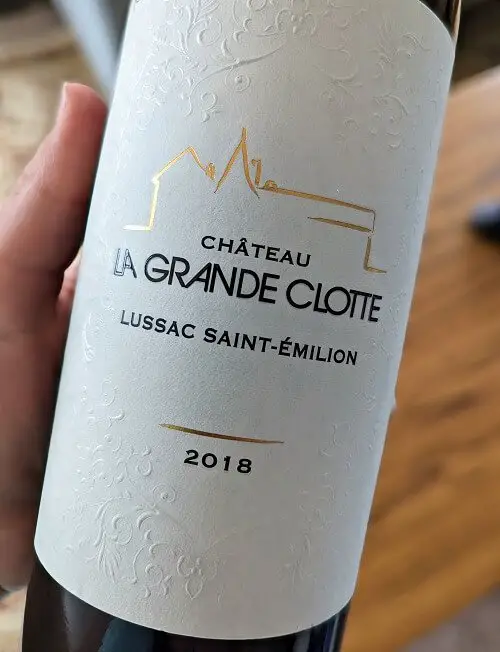
A vintage wine is a wine where all of the grapes that went into the wine came from the same year. Well…technically 95% of the grapes were harvested in that year according to labeling laws.
So, if you see 2022 or 2023 on the bottle label, then that is a 2022 Vintage Wine or a 2023 Vintage wine.
What’s a Non-Vintage Wine?

The opposite of a vintage wine is a non-vintage wine. A non-vintage wine uses grapes and wines made from more than 1 year.
Helpful Tip: You won’t see any years on non-vintage bottle labels.
Often, you’ll find these bottles as blends or generic, regional wines. Like California Cabernet Sauvignon, or Red Table wine.
Are Vintage Wines Better?
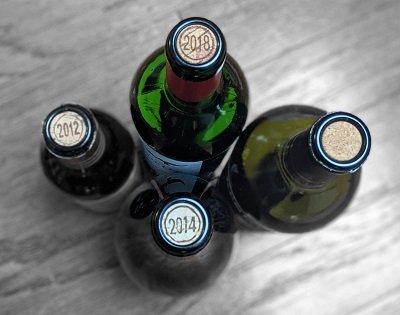
Vintage wines can be higher quality than non-vintage wines, but some wine styles are always blends of multiple years.
Classic examples of amazing non-vintage wines include:
It’s also important to understand why some winemakers will choose to make a non-vintage wine over a vintage wine.
Blending wines from different vintages can help craft a house style (a wine that always tastes the same year after year), or to shape more balanced wines in poor growing seasons.
Helpful Reminder: Sometimes as wine drinkers we forget that winemaking starts in the vineyard, and is subject to the whims of Mother Nature. Hailstorms, frosts, rot, and rodents can all destroy crops. Having the ability to blend together wines from different years helps make sure that the wine in your glass is delicious every time.
What’s a Good, Old Vintage Wine?

High-quality vintage wines that can age for decades include Vintage Champagne and Vintage Port.
Both wines are only made during exceptional growing years when the fruit is perfectly ripe and balanced.
These two wine styles can age for a long time thanks to the concentration and intensity of their fruit.
Helpful Tip: Here’s everything you need to know about what vintage means in wine (and how to use a vintage chart).
For Vintage Champagne and Vintage Port, their official names are: “Vintage Champagne” and “Vintage Port”.
Vintage Champagne and Vintage Port are regulated label terms. The producer can’t put these terms on a label unless all of the fruit inside comes from 1 growing year.
In this case, you know that the producer is communicating the wine’s quality.
Helpful Tip: If you see the term “vintage” on a standard table wine, it’s just marketing. This post on how to read a wine label gives you more label terms that are worth knowing.
Final Thoughts – Vintage Wine Isn’t About Age
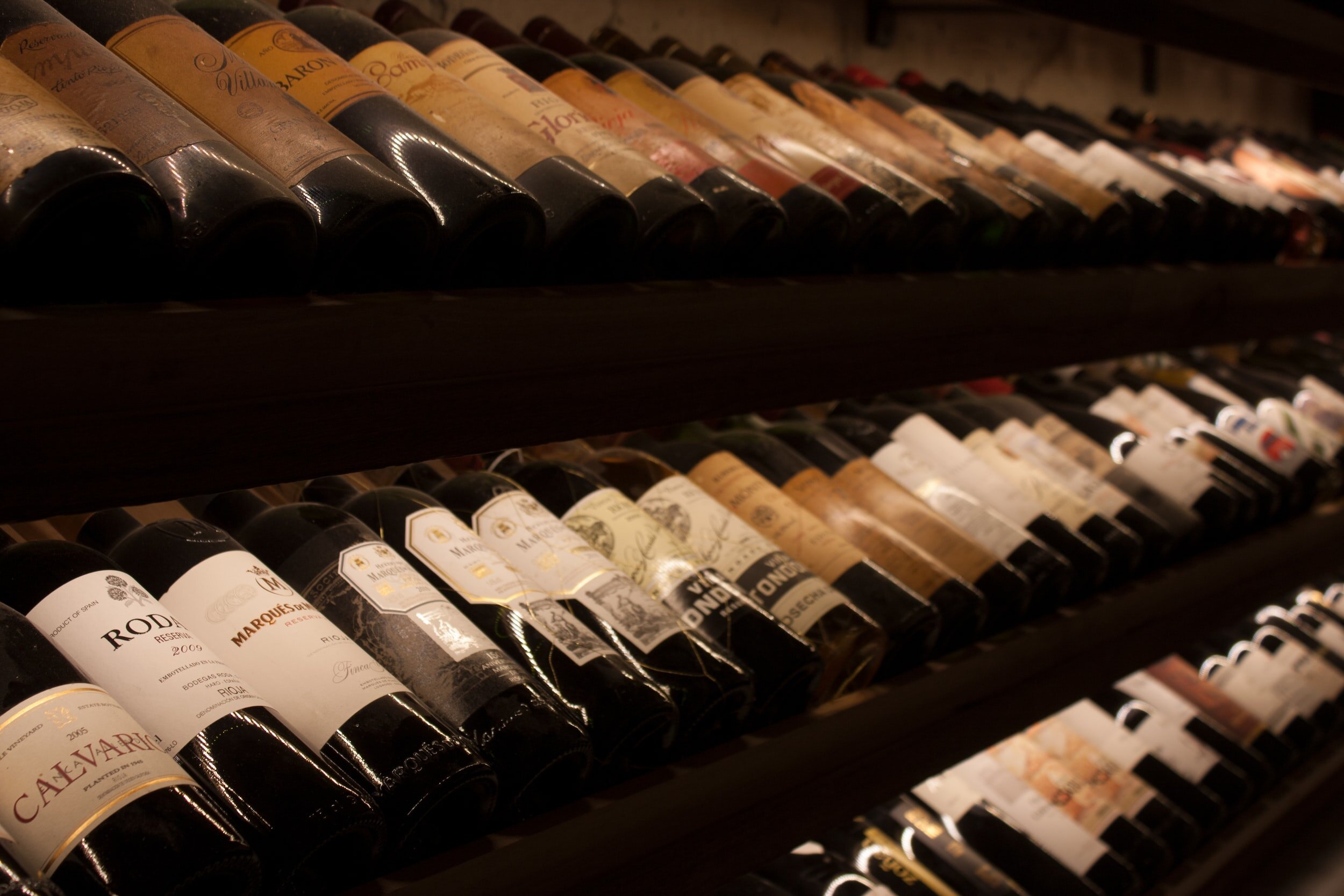
Vintage wines have nothing to do with age, and everything to do with the fruit inside your wine bottle. A vintage wine can be young (just released this year), or very old (20-30+ years old).
You can tell if your wine is vintage if it lists a year on the bottle. This means that 95% of the fruit in the bottle came from that year.
Some wines are almost always non-vintage, like Sherry and Champagne.
Classic, high-quality vintage wines include Vintage Champagne and Vintage Port. These two wines have exceptional aging potential.
Reminder: Here’s that link that will teach you how to use a vintage chart.
Thirsty for More?
Check out this post: Does Wine Go Up in Value? if you’re curious about aging wines and building a cellar.
Here’s a helpful overview of the major winegrowing regions around the world and their signature grapes.
Here’s what you need to know about Vintage Port wines (and why they’re so expensive).
Not all wines should be aged, here’s a post on rose and why you should always buy the youngest, newest rose vintage.

